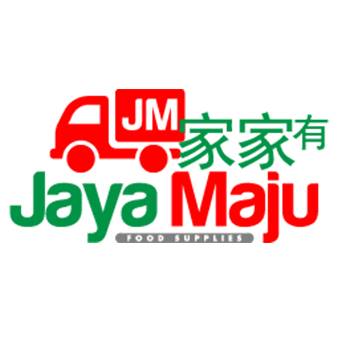Usage: Frozen barramundi can be the core of many dishes. Before using them, there are several procedures that you should do before integrating them into your cooking. First, you have to let it defrost if it is kept in the freezer. It should be soft after about a few hours if it was submerged in cold water. How long it would take would depend on the size of the fish and how often you change the water you submerged the frozen Asian seabass in. Do remember to keep the frozen barramundi in a sealed plastic bag while defrosting.
The next step that you must take is cleaning the iced Asian seabass. This is done by removing the scales using a knife starting from its tail to its head. Then, gut the fish by removing its organs with a sharp knife. The remaining little bits should also be removed by hand then. Lastly, rinse the fish thoroughly until it is clean of any blood and scales.
Here are some recommended recipes that you should try to cook with the iced barramundi. This first one is a dish called Masak Tiga Rasa. It is a popular menu choice among Malaysian that is commonly served in Thai restaurants. A lot of ingredients are required to make this dish; however, it should be worth it considering how savory and fulfilling it will be for your taste palettes. Consisting of garlic, red onions, ginger, holland onions, tomatoes, torch ginger, various types of chilies, chili sauce, ketchup, fish sauce, oyster sauce, bergamot leaves, sugar, and salt, the perfect mix of these ingredients of different elements promises you a combination of sweet, sour, and spicy flavor. As in the name Masak Tiga Rasa, which translates to cooked in three flavors, this dish will take you on a journey of discovering what could be your favorite new meal.
Other recipes or cooking methods compatible with frozen barramundi that you should try including pan-seared, grilled, steamed spicy soy sauce, and phat phrik.
Certificates: 4 certificates have been acquired by Jaya Maju Food Supplies Sdn. Bhd. These certificates of approval designate that products supplied and manufactured by the company are safe, clean, and of quality to a high standard set by the requirements needed to achieve them:
Packaging: The size and weight of the fish may vary. Minimum booking of the frozen Asian seabass should be in at least 20 feet containers or 40 feet containers, meaning it is suitable for B2B transactions for supermarkets supplying to customers frozen and restaurants to sell them ready-to-eat. Fish cleaning and filleting services are provided among others.
Storing: Storing of the fish should be under freezing temperatures (0°c or 32°f). This would allow the fish to achieve its minimum shelf life of 12 months or 1 year. Even so, the taste and quality still may deteriorate over time without causing health issues to consumers during their shelf life hence it is advisable to not keep them too long.
Nutrients: The frozen barramundi is nutritiously rich in omega 3, healthy fats, protein, vitamins D and A, sodium, and potassium. This fish also contains a low amount of harmful substances such as mercury and Polychlorinated Biphenyls (PCB) compared to other types of predatory fishes.
The barramundi, also known as Ikan Siakap in Malaysia, is an Asian sea bass widely distributed in the indo-pacific region across the Middle East, a large part of Asia, and Oceania. This large-scaled seabass’ name is derived from an Aboriginal Australian language. The frozen barramundi’s habitat ranges from both saltwater and freshwater, meaning that they can be found in rivers, lakes, coastal waters, billabongs, and estuaries. They are also kept as aquarium fishes in large tanks as they can grow to a giant size of 180cm (5 feet 11 inches) long and up to 3.8 kg (8.38 lbs). The frozen barramundi is commercially farmed or fished internationally.
Described as a mild-tasting fish, it is a match made in heaven with strong sauces and spices. As a result, it is a widely popular component of Australian, Bengali, Goan, and Thai cuisine. It is also growing in popularity in the United States as the fish has been labeled as “Best Choice” by the sustainability program, Seafood Watch.
Jaya Maju Food Supplies Sdn. Bhd. is a company founded in 1998. Possessing 45000 square feet of processing factory and 2500 metric tons of storage facility volume space, the company produces 10000 metric tons of seafood-based products annually such as seabass, shrimps, groupers, red snappers, and golden pomfret among other sea life. The company aims to provide seafood of the highest quality to markets locally and internationally. As of now, the company has exported to multiple countries such as Australia, Singapore, Taiwan, and many more.


© 2007 - 2026 DagangHalal.com. All Rights Reserved. Developed and maintained by DagangAsia Network Holding Sdn. Bhd. (1344481-V)
This website is best viewed using Internet Explorer 11 or above, Mozilla Firefox and Chrome.